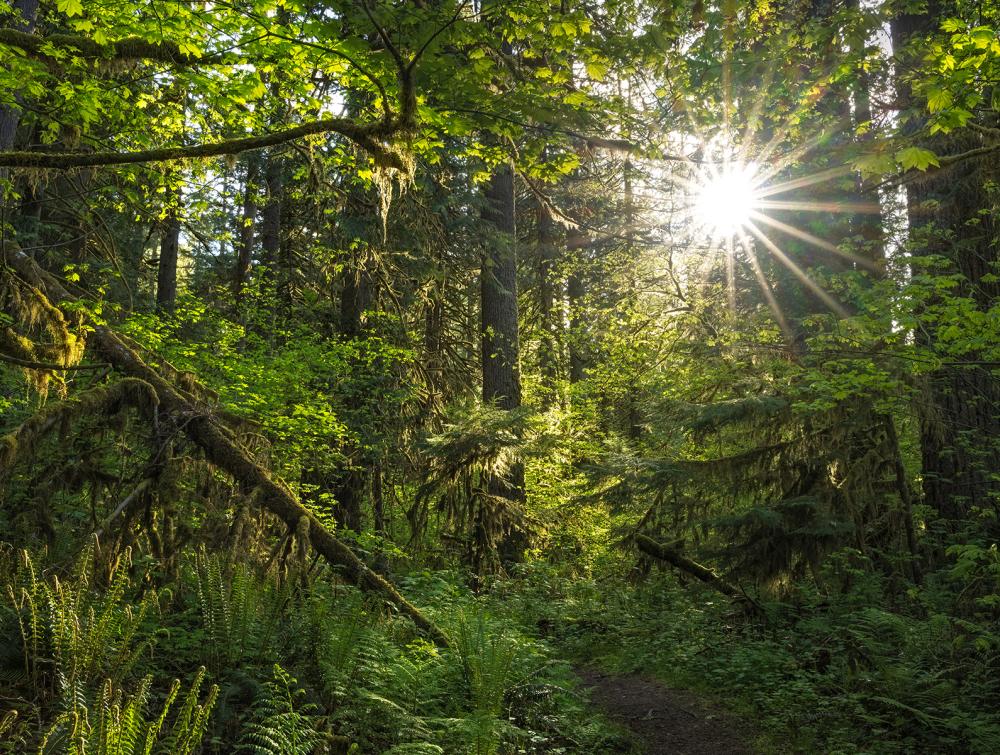USDA takes steps for climate resilience and forest conservation

Mt. Baker-Snoqualmie National Forest, WA
Mason Cummings
Agency will soon accept public input on protecting nation’s forests
WASHINGTON, DC (APRIL 20, 2023) -- Today, the U.S. Department of Agriculture previewed an upcoming Advance Notice of Proposed Rulemaking, intending to boost climate resilience across the nation’s forest lands. The agency will soon invite the public to participate in shaping how the Forest Service should manage our forests – especially older forests -- to ensure they are part of the solution to address the biodiversity crisis, capture and store carbon, ensure clean drinking water, survive stressors from climate change like uncharacteristically severe wildfire and drought, and bolster indigenous co-management of forests.
The USDA also premiered a historic inventory of mature and old growth forests across various forest types on public lands, as directed by President Biden in his 2022 executive order to preserve and protect old growth forests. According to the inventory, 45% of forests can be classified as mature while just 18% meet the requirements for old growth. Nearly half of the old growth identified on Forest Service lands is outside wilderness, roadless areas or monuments (~ 11 million acres).
Over half of all American voters believe fighting climate change should be a top priority for the president. A comprehensive rulemaking for forest and climate resilience is an opportunity for the Biden Administration to make concerted progress towards mitigating the worst effects of the climate crisis but must include protections for mature and old growth forests from threats posed by logging, wildfire, drought and other climate stressors.
“We’re excited about the opportunity to increase resilience in our forest system, and particularly excited that the Administration identifies mature and old growth forests as a conservation priority,” said Josh Hicks, Director of Conservation Campaigns at The Wilderness Society. “A healthy forest ecosystem provides clean air, water, and critical habitat for wildlife. Mature and old growth forests are especially adept at storing carbon and are more resilient to climate-driven stressors like extreme drought and wildfire. ”
“The Forest Service’s Inventory presents a dire shortage of old growth forest across the United States, indicating levels far less than occurred in national forests prior to the industrial logging era of the 20th century. However, the large amount of mature forest identified gives us a significant opportunity to restore more old growth nationwide. When left healthy and standing, old growth forests are one of our best allies in the fight against climate change, and we need bold policy that reflects that fact.”
“Additionally, we are pleased that the Biden Administration recognizes the importance of partnering with Indigenous nations in co-management of forests. Many Indigenous Tribes have ancestral homelands in, and cultural, spiritual connections to what are now our national forests. They have stewarded these lands for thousands of years – their knowledge and experience is invaluable and their relationships with forests must be honored.”
“We’re hopeful that the Forest Service’s intention to spotlight old and mature forests is to quickly adopt a strong rule that serves to retain and restore old growth forests to their historic levels. We’re looking forward to a rulemaking process based in science and developed in collaboration with Tribes, communities, and other stakeholders to ensure people will benefit equitably.”
Per the USDA, there will be an opportunity for the public to comment on the coming notice of proposed rulemaking during a 60-day window.
